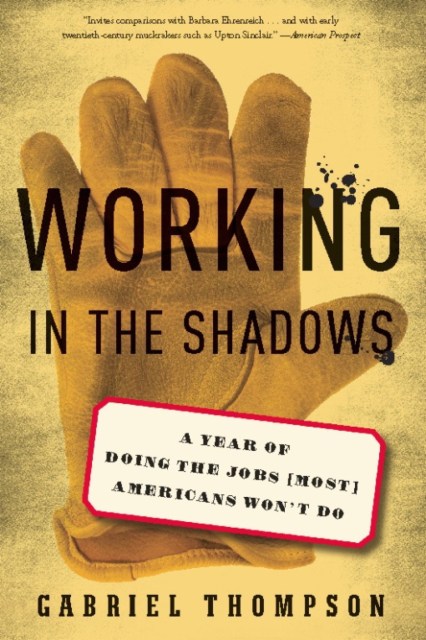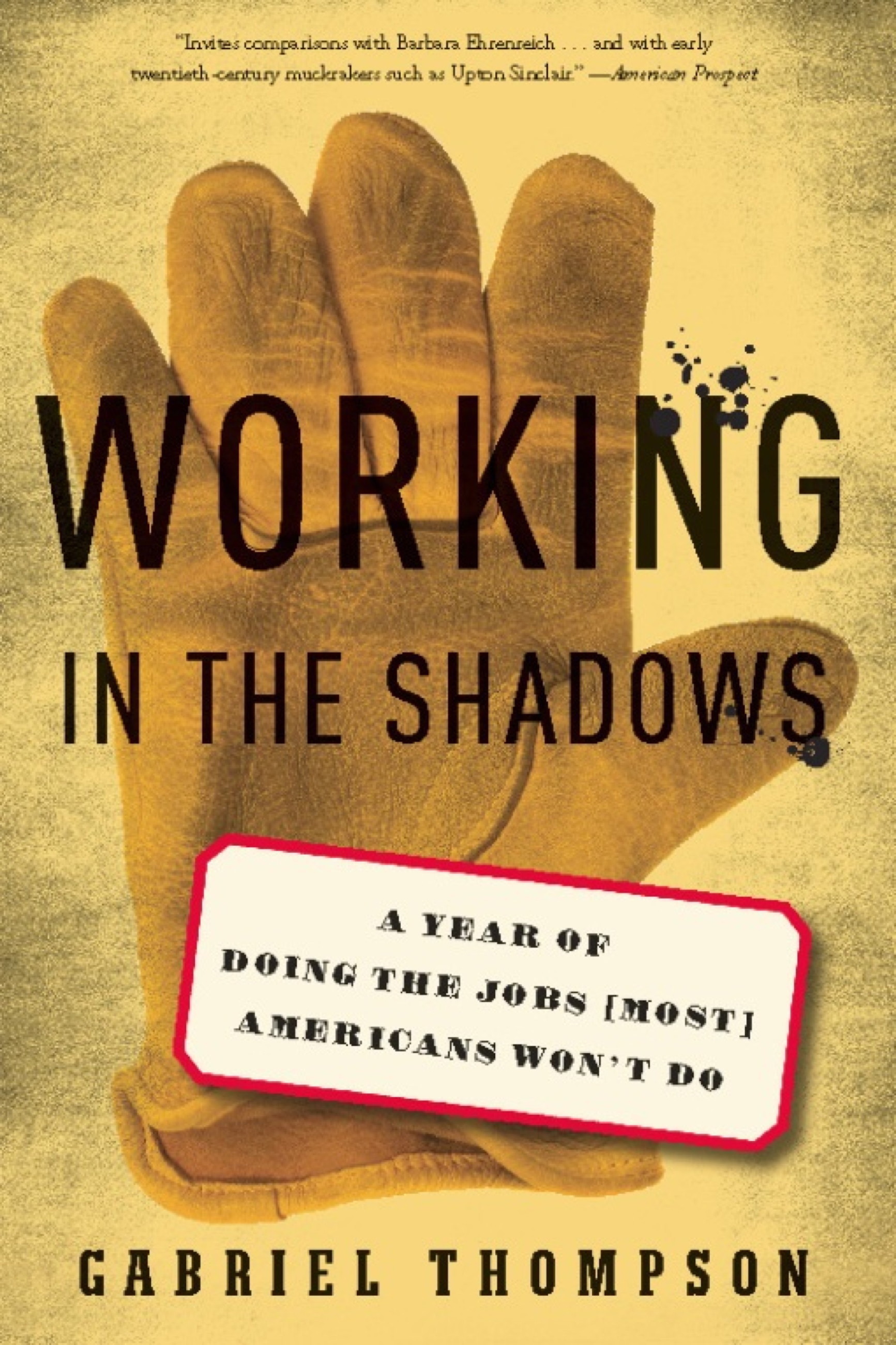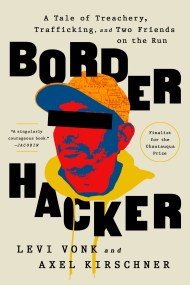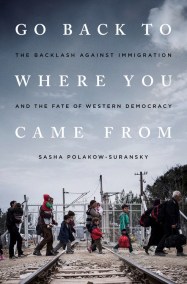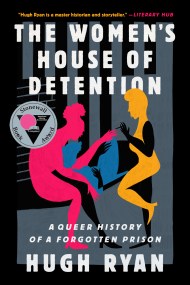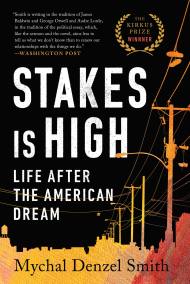Promotion
Use code MOM24 for 20% off site wide + free shipping over $45
Working in the Shadows
A Year of Doing the Jobs (Most) Americans Won't Do
Contributors
Formats and Prices
Price
$10.99Price
$13.99 CADFormat
Format:
- ebook $10.99 $13.99 CAD
- Trade Paperback $15.99 $18.50 CAD
This item is a preorder. Your payment method will be charged immediately, and the product is expected to ship on or around July 12, 2011. This date is subject to change due to shipping delays beyond our control.
Also available from:
As one coworker explained, “These jobs make you old quick.” Back spasms occasionally keep Thompson in bed, where he suffers recurring nightmares involving iceberg lettuce and chicken carcasses. Combining personal narrative with investigative reporting, Thompson shines a bright light on the underside of the American economy, exposing harsh working conditions, union busting, and lax government enforcement — while telling the stories of workers, undocumented immigrants, and desperate US citizens alike, forced to live with chronic pain in the pursuit of 8 an hour.
Genre:
- On Sale
- Jul 12, 2011
- Page Count
- 336 pages
- Publisher
- Bold Type Books
- ISBN-13
- 9781568586991
Newsletter Signup
By clicking ‘Sign Up,’ I acknowledge that I have read and agree to Hachette Book Group’s Privacy Policy and Terms of Use
